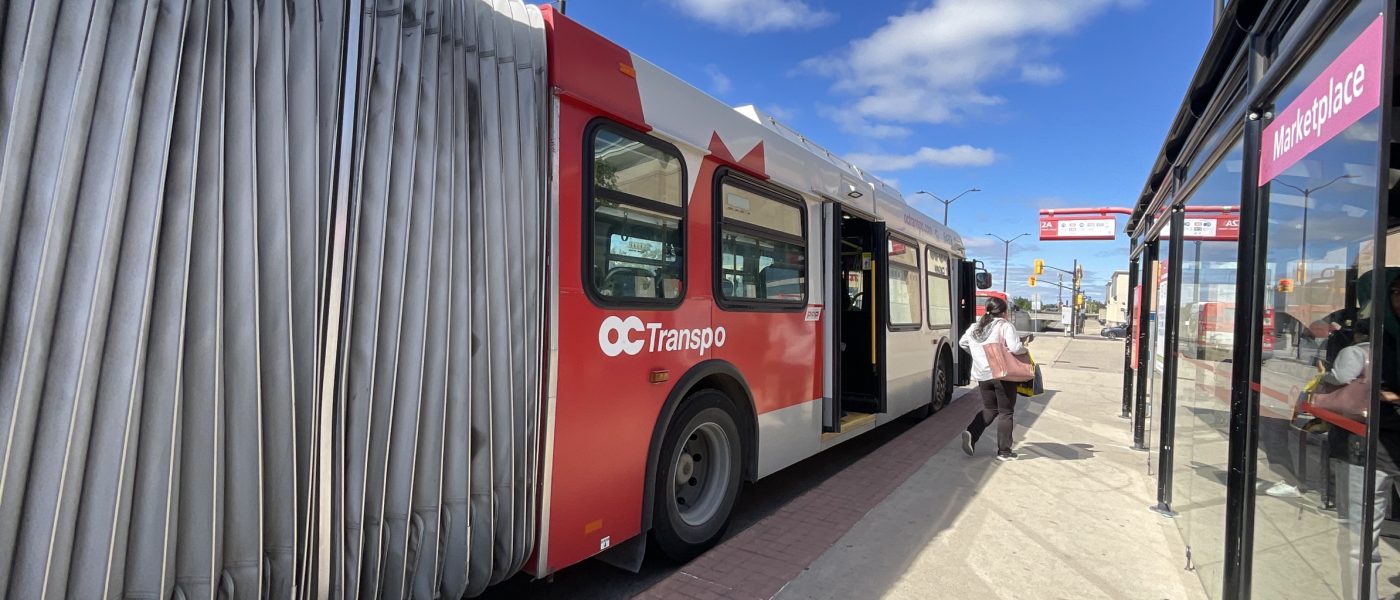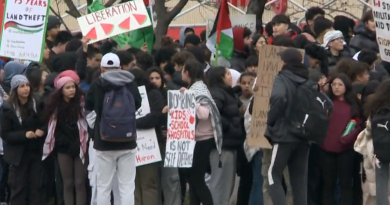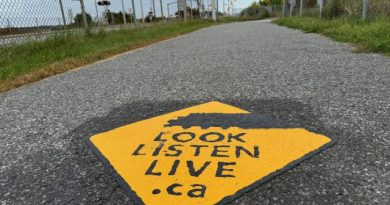Virtual Town Hall on Barrhaven Bus Network Realignment Nov. 27
By Barrhaven Councillors Wilson Lo and David Hill
Public transit is a service, not a business. Despite that, transit does not draw from an infinite funding source, nor is that funding a blank cheque to do whatever. The service still needs sound financial sustainability to ensure its own survival
Planning for public transit involves a delicate balance of service, fares, and the property tax levy.
Years ago, City Council set a 45/55 model for funding OC Transpo, in that the property tax levy funds 55 per cent of revenues, while fares fund the remaining 45 per cent. (Every city has a similar model—some rely more on fares, while others rely more on property taxes.)
It’s no secret transit service has degraded since the introduction of the LRT and more so since the height of the pandemic. In fact, we believe transit is still paying the price of poor decision making around the LRT launch and the fact services were not adapted to emerging travel patterns over the last few years.
We have acknowledged it, OC Transpo has acknowledged it, while transit customers had to live with it every day.
Across Canada, transit systems that have achieved close to or exceeded pre-pandemic ridership, have responded dynamically to changes in commuter behaviour, creatively increased service availability, and decentralised services from their downtown cores.
OC Transpo’s route review is an ongoing exercise at Council’s request to better match transit service to the travel patterns that have changed over the last few years and stabilised only recently.
This includes putting a higher emphasis on local travel, easier trips to destinations outside downtown, and introducing service to new communities. With the federal government’s partial return-to-office policy, the downtown core still needs services during peak periods.
To balance those needs, OC Transpo’s route proposals take advantage of the new Line 2 expected to open in the spring of 2024. While communities are losing express routes duplicating local routes, improved connections across the rest of Barrhaven to Line 2 provides the balance between competing demands.
Though it entails a new train-to-train transfer at Bayview Station, the faster end-to-end travel time and smoother ride on Line 2 is an acceptable offset. (There’s also a new 600-space park and ride at Bowesville Station for those who want to skip the local bus portion altogether.)
Through our own analyses and public feedback, gaps have emerged. To their credit, OC Transpo staff have been very receptive and flexible, and have even accommodated our early change requests.
While the public-facing aspect of the route review focuses on service coverage, OC Transpo is also changing internal processes to ensure service reliability. This includes eliminating interlining on major routes to “contain” delays. The aggressive hiring campaign to fill operator and mechanic vacancies will also continue.
With recent events, we understand major changes bring cynicism, unease, and uncertainty. However, this does well to improve connectivity while balancing the financial pressures of having done nothing for the last three years and being delicate in our approach to fares and property taxes.
We believe we are trending in the right direction. It won’t be obvious day-to-day, and it may include minor setbacks now and then. The obvious hope is last summer’s LRT shutdown was the last major setback. Given the willingness of all parties to collaborate, we think that hope is on solid footing.
Please join Councillor David Hill and I for a transit virtual town hall on Monday November 27, where we will solicit additional community feedback to guide further discussions with staff as the route changes are finalised. Details about the virtual town hall are available on our social media pages.
The route changes should take affect in spring or summer 2024 after the opening of O-Train Line 2.






